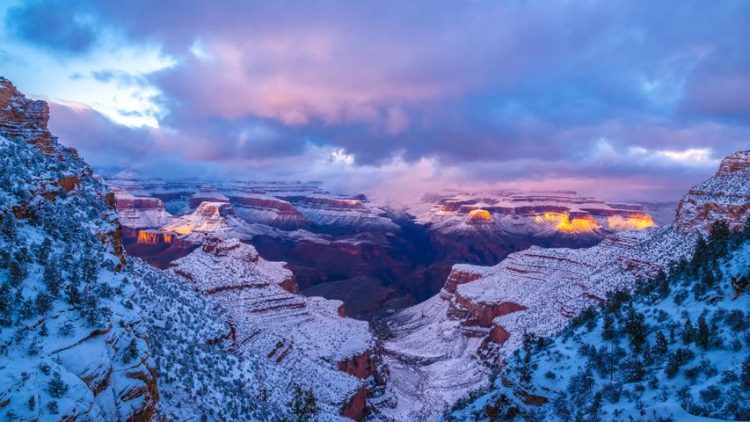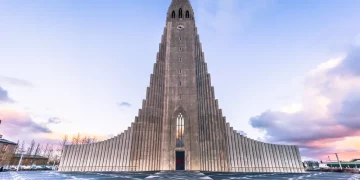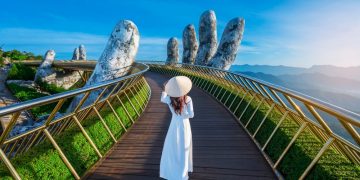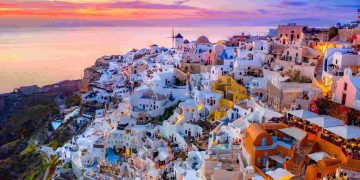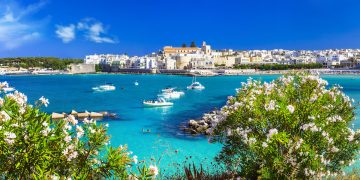Introduction
Grand Canyon National Park is not just a marvel of natural beauty but also a vibrant tapestry of cultural traditions, history, and customs. For centuries, the canyon has been a sacred site for Native American tribes, a symbol of exploration for pioneers, and a place of inspiration for millions of visitors. This article delves deep into the cultural customs of Grand Canyon National Park, exploring the traditions of Indigenous peoples, the influence of early settlers, and the modern customs that make this iconic destination so unique.
1. Indigenous Traditions: The Heart of Grand Canyon Culture
1.1 The Native American Connection
Long before the Grand Canyon became a national park, it was home to Indigenous peoples who have lived in and around the area for thousands of years. Today, the cultural customs of these tribes remain a vital part of the park’s identity.
- Havasupai Tribe: Known as the “people of the blue-green waters,” the Havasupai have lived in the canyon for over 800 years. Their connection to the land is deeply spiritual, and their customs revolve around the pristine waters of Havasu Creek.
- Hopi Tribe: The Hopi consider the Grand Canyon to be a sacred place, central to their origin stories. Their ceremonies often involve offerings to maintain balance and harmony with nature.
- Navajo Nation: The Navajo people, who call the area “Tséyiʼ” (rock canyon), have cultural practices that include storytelling, weaving, and sand painting, all of which are inspired by the canyon’s landscapes.
- Zuni and Paiute Tribes: These tribes also have deep cultural ties to the Grand Canyon, with traditions that include rituals, dances, and oral histories that reflect their reverence for the natural world.
1.2 Sacred Sites and Spiritual Practices
The Grand Canyon is dotted with sites of cultural and spiritual significance. For many tribes, the canyon is considered a living entity—a place where the land, water, and sky come together in harmony. Some notable sacred sites include:
- Havasu Falls: A sacred place for the Havasupai, known for its turquoise waters and tranquil ambiance.
- Emergence Sites: Locations within the canyon where tribes believe their ancestors emerged into this world.
- Shrines and Petroglyphs: Evidence of ancient ceremonies can be found in the form of rock art and small shrines scattered throughout the park.
Many Indigenous customs involve prayers, dances, and songs performed in these sacred spaces, often as part of seasonal ceremonies to honor the land and ensure its continued fertility.
2. Early Settlers and Explorers: Shaping the Canyon’s Cultural Legacy
2.1 Pioneer Influence
In the 19th century, settlers and explorers brought new cultural customs to the Grand Canyon region. While some sought to exploit the land’s resources, others were captivated by its beauty and worked to preserve it.
- John Wesley Powell’s Expeditions: Powell’s 1869 expedition through the Colorado River marked the beginning of scientific exploration in the canyon. His writings inspired a sense of wonder and curiosity about the canyon’s geology and culture.
- Ranching and Mining: Early settlers introduced ranching and mining practices, which left a lasting cultural imprint on the region. Historic ranches and abandoned mines are reminders of this era.
2.2 Tourism and Cultural Exchange
The late 19th and early 20th centuries saw a surge in tourism, leading to the establishment of lodges, railways, and guided tours. This brought visitors from around the world, creating opportunities for cultural exchange. The Harvey Girls, a group of women who worked in the dining and hospitality industry at the Grand Canyon, played a key role in shaping the park’s early tourism culture.
3. Modern Customs: Celebrating the Canyon Today
3.1 Park Traditions
As a national park, the Grand Canyon has developed its own set of customs that celebrate its natural and cultural heritage. Some of these include:
- Junior Ranger Program: This program educates young visitors about the park’s history and ecology, fostering a sense of stewardship for future generations.
- Annual Events: Events like the Grand Canyon Star Party, Archaeology Day, and Native American Heritage Days provide opportunities for visitors to engage with the park’s cultural and natural wonders.
- Art and Photography: The Grand Canyon has long been a source of inspiration for artists and photographers, who have contributed to a rich tradition of creative expression.
3.2 Eco-Cultural Practices
Modern customs also include a focus on sustainability and preserving the park for future generations. Initiatives such as recycling programs, water conservation efforts, and eco-friendly tours reflect a growing awareness of the need to protect the park’s fragile ecosystems.

4. Culinary Customs: Food and Tradition in the Canyon
4.1 Indigenous Foods
Traditional Native American cuisine plays a significant role in the cultural customs of the Grand Canyon. Ingredients like corn, beans, squash, and wild game are staples of Indigenous diets, often prepared using age-old techniques.
- Hopi Piki Bread: A traditional paper-thin bread made from blue cornmeal and ash, cooked on a hot stone.
- Navajo Tacos: A modern twist on traditional fry bread, topped with beans, meat, and vegetables.
- Wild Foraging: Many Indigenous communities continue to gather wild plants like juniper berries and piñon nuts, which are used in both ceremonial and everyday cooking.
4.2 Culinary Experiences for Visitors
Today, visitors to the Grand Canyon can experience a blend of traditional and modern cuisine, with options ranging from casual cafeterias to fine dining at historic lodges.
5. Preserving Cultural Customs: Challenges and Opportunities
5.1 Threats to Cultural Heritage
The commercialization of the Grand Canyon and the impact of tourism have posed challenges to preserving the cultural customs of the area. Overcrowding, environmental degradation, and the loss of sacred sites are ongoing concerns.
5.2 Collaborative Efforts
Efforts to preserve and celebrate the Grand Canyon’s cultural heritage include:
- Partnerships with Tribes: The National Park Service works closely with Native American communities to protect sacred sites and share their stories with visitors.
- Educational Programs: Interpretive programs and exhibits at the Grand Canyon Visitor Center highlight the cultural significance of the park.
Conclusion
The cultural customs of Grand Canyon National Park are as profound and diverse as its landscapes. From the sacred traditions of Indigenous tribes to the customs of early settlers and modern visitors, the canyon is a place where history, culture, and nature intersect. By understanding and respecting these customs, we can ensure that the Grand Canyon remains a place of inspiration and reverence for generations to come.


